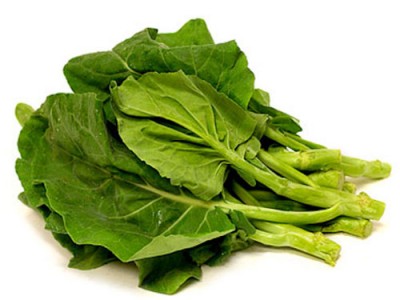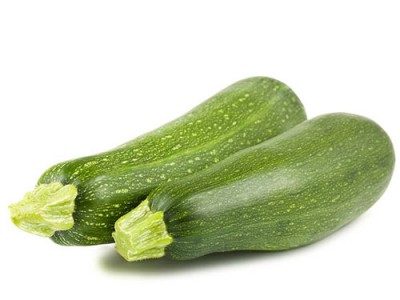

Green Pepper Health Benefits And Nutrition Facts
Green Pepper
Description and origin:
The green bell pepper has a thick stem in the center and has a blocky-round shape. These are medium to large in size and as name suggests they are green in colour. They have less sweet taste and crunchy with almost bitter flavour than the other varieties of bell pepper. The scientific name of this fruit-like vegetable is capsicum. Bell peppers are better known as capsicum than the original name Bell pepper. They are sometimes considered as less pungent pepper varieties as “sweet pepper”. It has more names like “fruit of plants”. It comes under the cultivar group of species called “capsicum annuum”. Botanically they are classified as berries with various colours. But they used as part of vegetables as a side dish and salads. The origins of bell peppers are from Mexico, Central America and northern South America. The seeds of these fruit-like vegetables were imported to Spain and then spread through Europe and Asia. This cultivar was first developed in 1920’s in Hungary.
There are different terms used to address this vegetable. In the US, Canada and Philippines they are known as “Bell Pepper”, Pepper or sweet pepper is the term used in UK and Ireland. And Capsicum in other countries like Australia, India, Malaysia, New Zealand, Pakistan and Sri Lanka. When this vegetable is used as a spice then they are termed as “paprika”.
Nutrition Values:
One single Green bell pepper provides 169% of RDI (Recommended Dietary intake). They are rich in vitamin C, other vitamins in green bell pepper includes Vitamin K1, Vitamin A, E, foliate and potassium. Fresh and raw bell peppers consist of 92% of water and rest of the nutritional value includes carbs and small amounts of proteins and minerals. It has 3.5 ounces or 100 grams of raw pepper consists of
- 31- Calories
- Water content – 92%
- Fat- 0.3 grams
- Fiber- 2.1 grams
- Carbs- 6 gram
- Sugar- 4.2 grams
- Protein- 1 gram
They primarily composed of carbohydrates which has most of its calorie content with 3.5 ounce having 6 grams of carbohydrates. These carbohydrates are mostly the sugars such as; glucose and fructose which gives a mild sweet taste of raw bell peppers. Bell pepper also consists of very small amount of fiber up to 2%. They act as a very good source of fiber. They loaded with various Vitamins and minerals like;
- Vitamin C in Bell pepper is one of the richest dietary sources of essential nutrient.
- Vitamin B6 helps in formation of red blood cells.
- Vitamin K1 is important for blood clotting and bone health.
- Potassium is essential for heart health.
- Folate or vitamin B9 helps women during pregnancy.
- Vitamin E considered as a powerful antioxidant and is essential for the nerve system and muscles.
- Vitamin A Bell peppers are high in pro-vitamin A which helps converts the body to Vitamin A.
Plant Compounds of Bell pepper:
Green bell peppers are rich in multiple antioxidants. Some of the main antioxidant compounds of bell pepper are as follows;
- Capsanthin: This particular compound is rich for its colour. This is found in red bell pepper commonly it is responsible for providing the red colour to red bell capsicum.
- Violaxanthin: This compound is commonly found in the yellow bell pepper.
- Lutein: this is found in abundance in green bell pepper and black paprika. Adequate intake of this compound provides good eye health.
- Quercetin: certain studies prove that this antioxidant compound may be helpful for preventing certain chronic diseases such as heart problems and cancer.
- Luteolin: This is polyphenol antioxidant that may have various beneficial health effects if consumed regularly.
Health Benefits from Bell pepper:
Very high consumption of fruits and vegetables has proven the risk of chronic health problems such as cancer, heart diseases and related health concerns. In addition, bell peppers may have numerous other health benefits too. Some of the health benefits are as below;
- Eye Health: Lutein and Zeaxanthin- carotenoids are found on high quantity in bell peppers, these may help improve eye health when it is consumed in high amounts. They protect the retina which is the light-sensitive inner wall of the eye from oxidative damage. Most studies suggest that foods rich in carotenoids may cut the risk of cataracts and macular degeneration. Thus, if bell peppers are added as part of the regular diet may help in lowering the risk of visual disorders and impairments.
- Anemia Prevention: When the blood fails to carry adequate oxygen to various parts of the body then this condition is known as Anemia. When there is iron deficiency which causes frequent tiredness and weakness are considered the initial symptoms of Anemia. Red bell peppers are considered as rich source of iron which is exceptionally good at providing vitamin C which helps increase the absorption of iron adequately. Eating raw bell peppers along with iron rich fruits and vegetables such as meat, spinach etc., may help in increasing the body’s iron stores, eradicating the risk of anemia.
- Adverse effects: Bell peppers are considered as healthy and well-tolerated, but this vegetable might cause some allergy to some group of people. That said, allergy is quite rare. However, some people who are pollen allergy issues may be sensitive to bell peppers due to the cross reaction post consuming bell peppers.
Cross reactions to allergy may happen between certain foods because they might contain the same allergy reactions or they are similar in their chemical reactions. But when bell peppers are consumed in moderate quantity the possibility of allergy reactions are relatively reduced.
All in all, bell peppers are an excellent addition to a healthy diet. Bell peppers have many vitamins and antioxidants, particularly in vitamin C and various carotenoids.
They may have several health benefits such as improved vision and reduces the risk of several severe health disorders. Since they anti-inflammatory and contain high source of vitamin A and C. They are also easily digestible and light since they contain only 6 grams of carbohydrates per serving.


